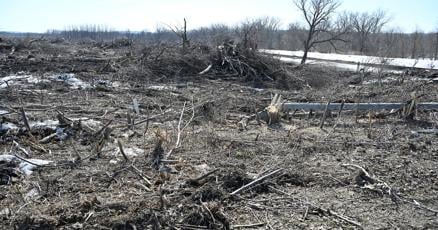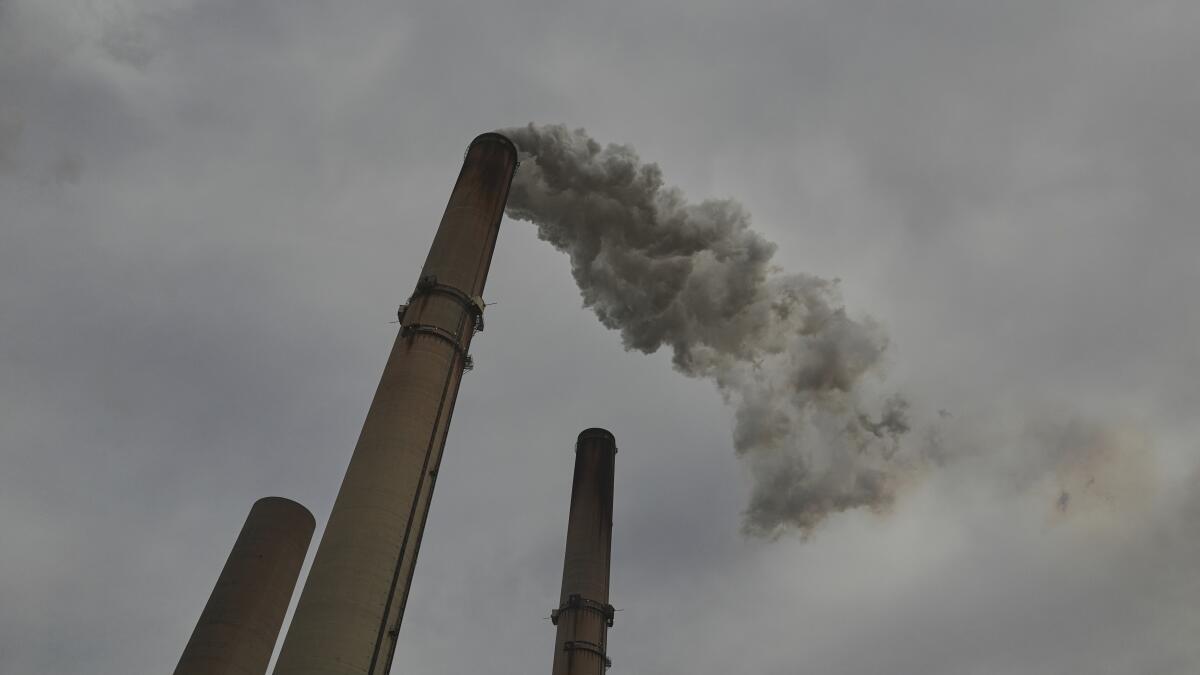Resilient Woodland: How One Forest Defied the Flames of Destruction

In the wake of increasingly intense wildfires, scientists are unraveling the mysterious resilience of certain forest ecosystems. Some forest stands emerge from megafires remarkably unscathed, while neighboring areas are completely decimated. This intriguing phenomenon has sparked intense research into the complex factors that determine forest survival during catastrophic blazes.
Recent studies reveal that forest survival is not merely a matter of chance, but a delicate interplay of multiple environmental and structural factors. Tree species composition, forest density, landscape topography, and previous fire history all contribute to a forest's ability to withstand extreme fire conditions.
Mature trees with thick, fire-resistant bark, such as sequoias and certain pine species, demonstrate remarkable survival strategies. These trees have evolved specialized adaptations that allow them to endure intense heat and flames. Their dense bark acts as a protective shield, while their high canopies help them escape ground-level fire damage.
Landscape features also play a crucial role. Forests with natural breaks, such as rocky outcrops, streams, or areas with less dense vegetation, can create natural firebreaks that limit fire spread. Additionally, forests with a history of periodic, low-intensity fires tend to be more resilient, as these natural fire cycles clear underbrush and reduce fuel accumulation.
Climate change and forest management practices are increasingly challenging these natural defense mechanisms. Understanding the complex dynamics of forest fire survival becomes paramount in developing effective conservation and restoration strategies.
As researchers continue to investigate these intricate ecological processes, they offer hope for more effective wildfire management and forest preservation in an era of escalating environmental challenges.








